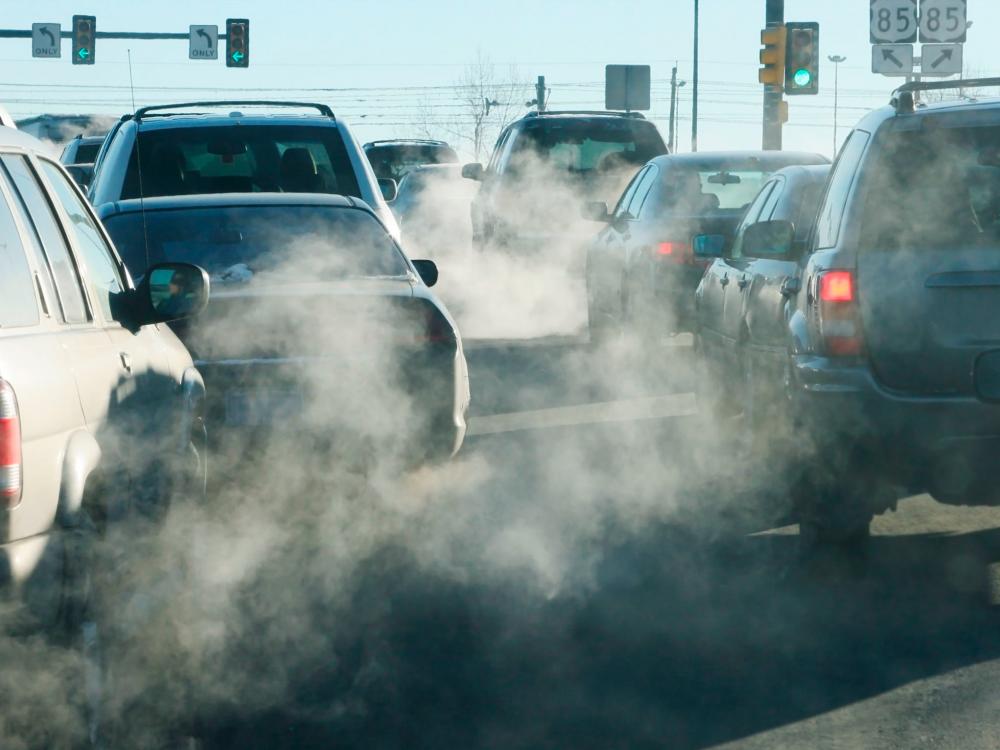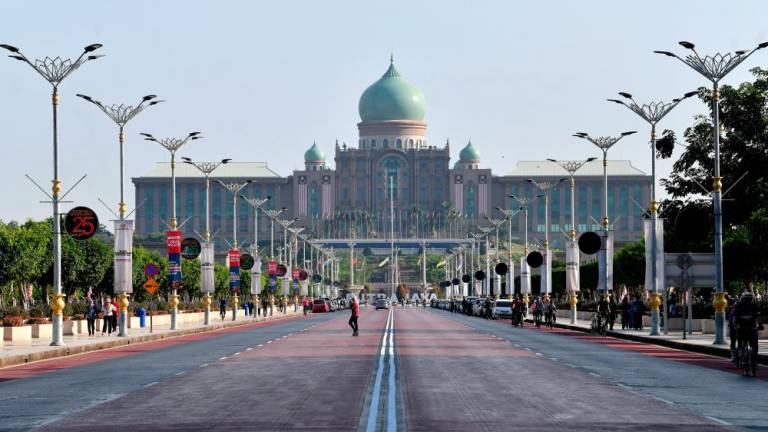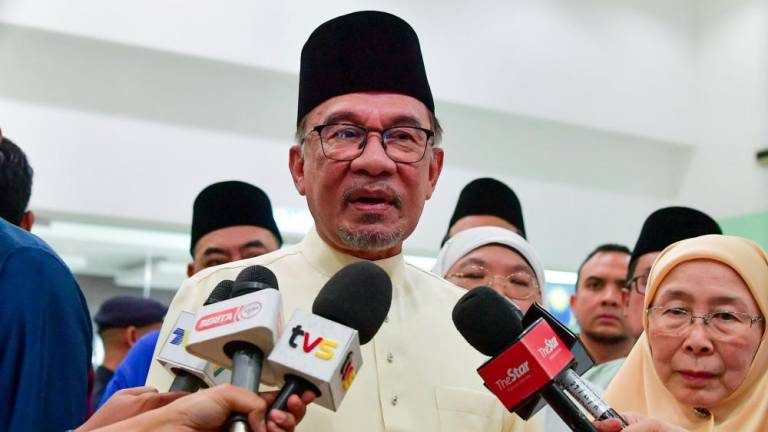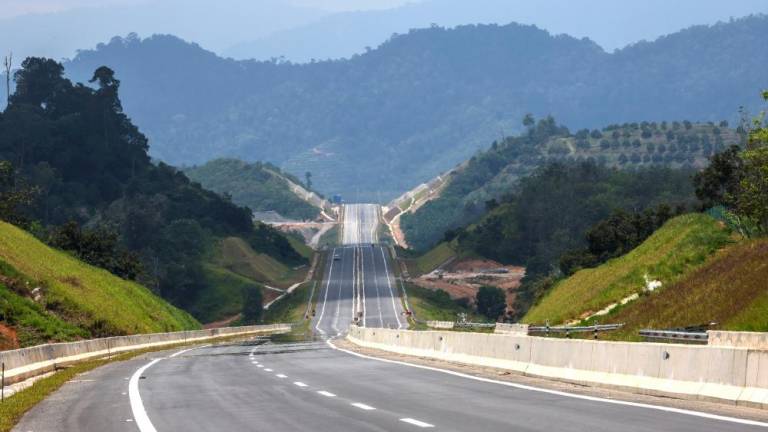NEWLY minted Prime Minister Datuk Sri Ismail Sabri Yaakob tabled the 12th Malaysia Plan (RMK12) in Parliament on Sept 27.
He emphasised that green growth will be one of the priorities under the five-year roadmap. The country will seek cleaner and greener development through a “whole-of-nation” approach.
The three main greenhouse gases (GHG) emission sources in this country are from the energy sector (especially electricity consumption generated from coal-fired power plants), transport as well as waste. It is high time Malaysia did away with coal-fired power plants. We should instead invest in abundantly available solar power.
Coal is a main contributor of carbon dioxide and should be phased out as soon as possible. We need to focus on the utilisation of modern technology and how we can integrate the usage of solar energy into our daily lives.
For instance, we can incorporate solar panels in office buildings, schools, factories, or residential properties. The panels collect power on sunny days, with electricity generated from hydropower plants only needed for rainy days and at night.
At the same time, Malaysians should get used to electric vehicles and hybrids, that run on both electricity as well as petrol. To boost the usage of such vehicles, the government must finalise tax incentives, including zero excise and import duties as well as tax exemptions on these vehicles.
Unlike Malaysia’s GHG sources, the United States in 2019 identified the transport sector as the main contributor to GHG, with 29%. This was followed by electricity (25%), industry (23%), agriculture (10%), commercial (7%) and residential (6%).
In terms of US transport, light-duty vehicles or passenger cars contributed 58% of GHG, followed by medium-and-heavy duty trucks (24%), aircraft (10%), others (5%), rail (2%) and ship (2%). Unfortunately, there is no available sectoral breakdown of GHG emissions in our country that we can refer to.
I would say we are in a similar situation like the US, at least in terms of transport GHG. A Nielsen Global Survey of Automotive Demand in 2014 found that car ownership in Malaysia at that period was 93%, placing it third in the world. This of course is mainly due to the relatively affordable local cars here.
Car ownership is projected to increase even during Covid-19 pandemic, even for used cars. However, older cars produce more pollution and consume more oil compared to newer cars. At the same time, unchecked car ownership will also mean an increase in traffic congestion, especially in the Klang Valley. In turn, this will make it harder to achieve low carbon cities status in Malaysia.
What can be done? Singapore limits the number of cars on its roads via imposing a Certificate of Entitlement (COE) on car owners to use and own vehicles for 10 years.
A COE can cost as much as S$50,000 (RM153,863). Car owners will need to pay to renew the COE for another five or 10 years to keep using the vehicle or deregister and scrap the car. However, we cannot afford to cap car ownership in Malaysia like our neighbour in the south does.
This is mainly because we do not have the efficient rapid transit system Singapore has. But, objectively speaking, we are not that far behind on public transport compared with other countries. The 12MP has focused on improving public transport as well as committed to several other rail projects.
However, the one thing we are still missing is a high-speed rail to connect Malaysia from its northern tip at Padang Besar to Johor or to Singapore if possible. We will be missing out if we choose to sit out this amazing piece of technology, which our peers such as Indonesia and Thailand are pursuing.
Furthermore, rail does not contribute much to GHG emissions compared with airplanes. We do not need more airports like the Kulim project. Kedah already has the Alor Star airport, and the Penang International Airport is located an approximately 40km away.
Global aviation accounts for 1.9% of the GHG emissions. Surprisingly, 90% of emissions from an airplane takes place above 3,000ft while 10% occurs during take-offs, taxis, initial climbs and approach landings.
Separately, the rise of e-commerce has also contributed to the increase in carbon footprints. Hence, logistic providers should convert their fleets to electric fleets to reduce GHG emissions.
The government should also consider giving tax incentives for retailers who adopt zero-waste and go-green concepts, where consumers bring back their used recycled containers to store. This is to boost recycling campaigns as well waste management.
Everyone can do their bit by recycling, reducing single-use plastic, installing energy-efficient lighting such as the compact fluorescent light and light emitting diodes as well as taking public transport whenever possible.
The actions of politicians and policymakers matter. But ultimately, it is the behaviour of ordinary members of the public that will determine whether a country becomes a low-carbon one or an emitter.
Comments: letters@thesundaily.com














